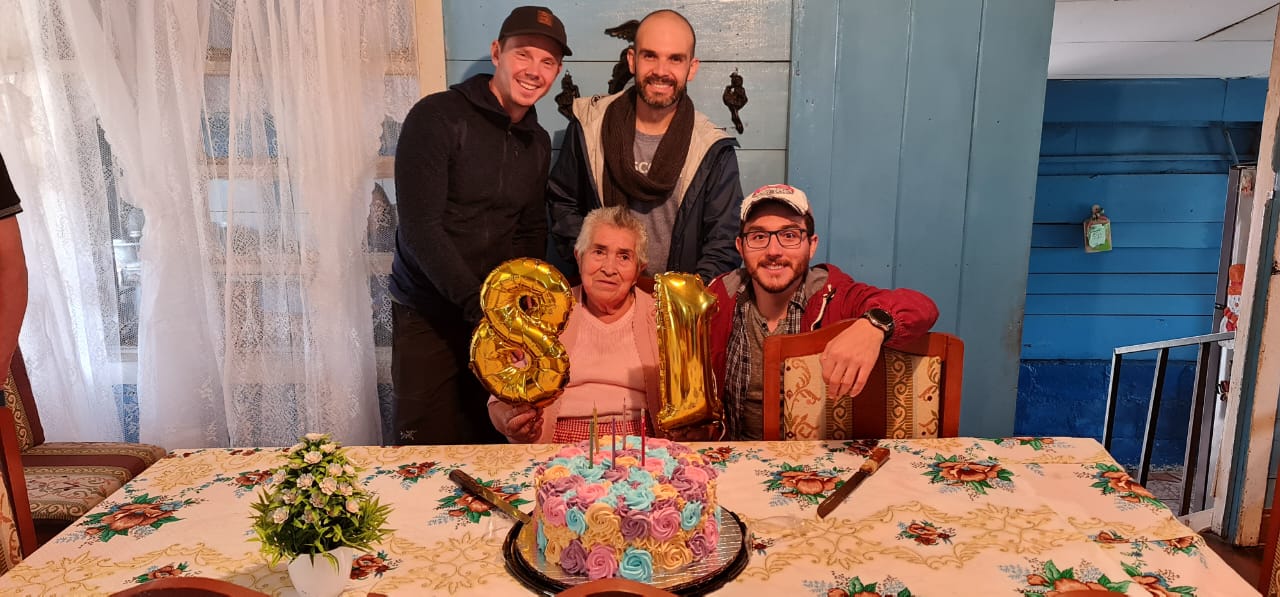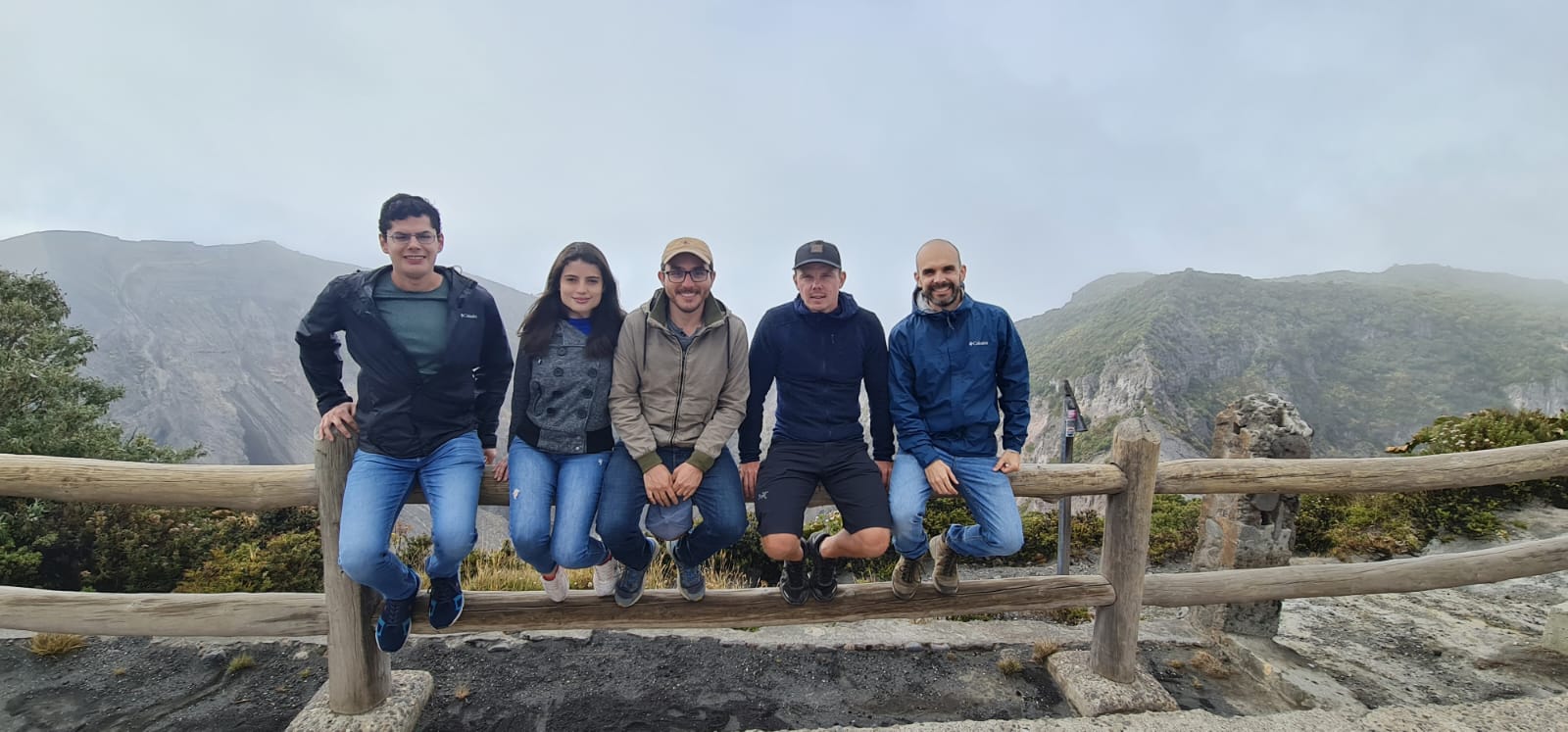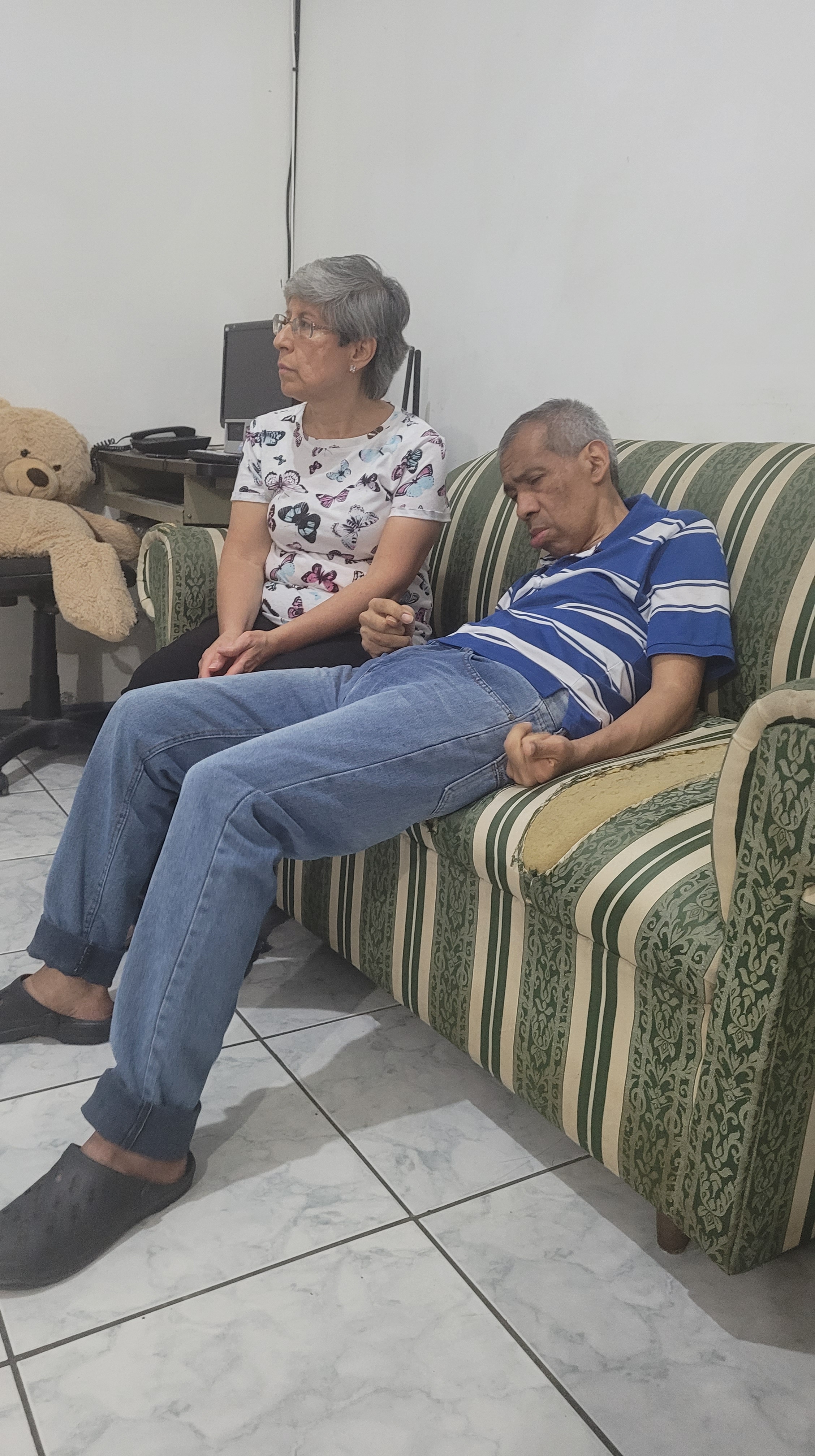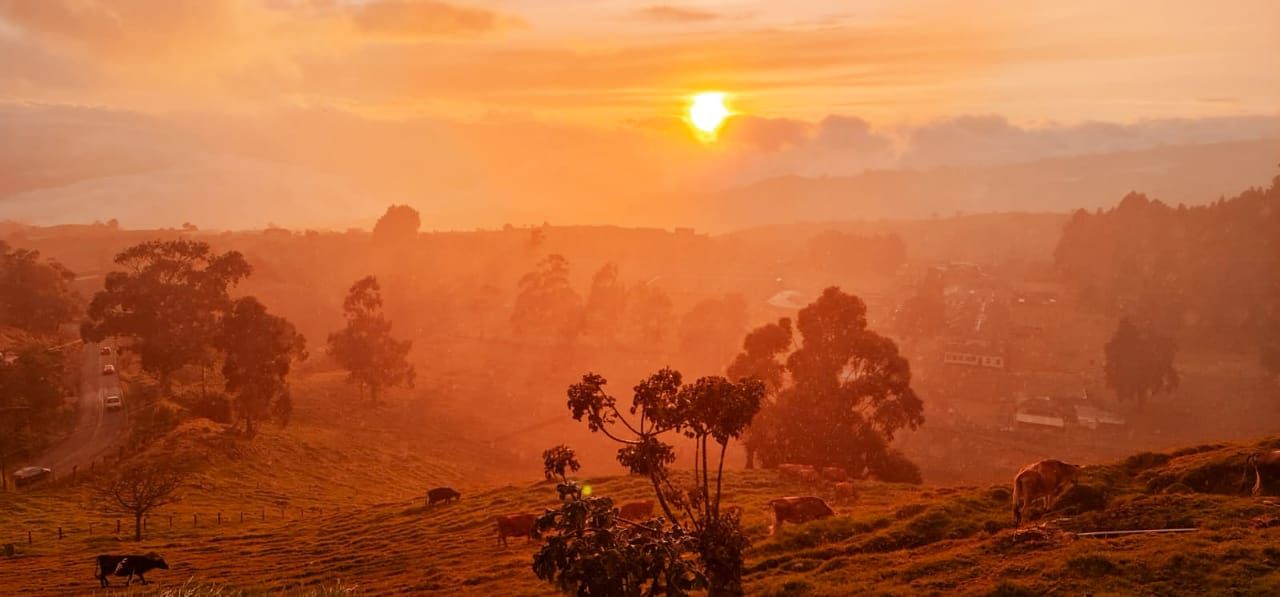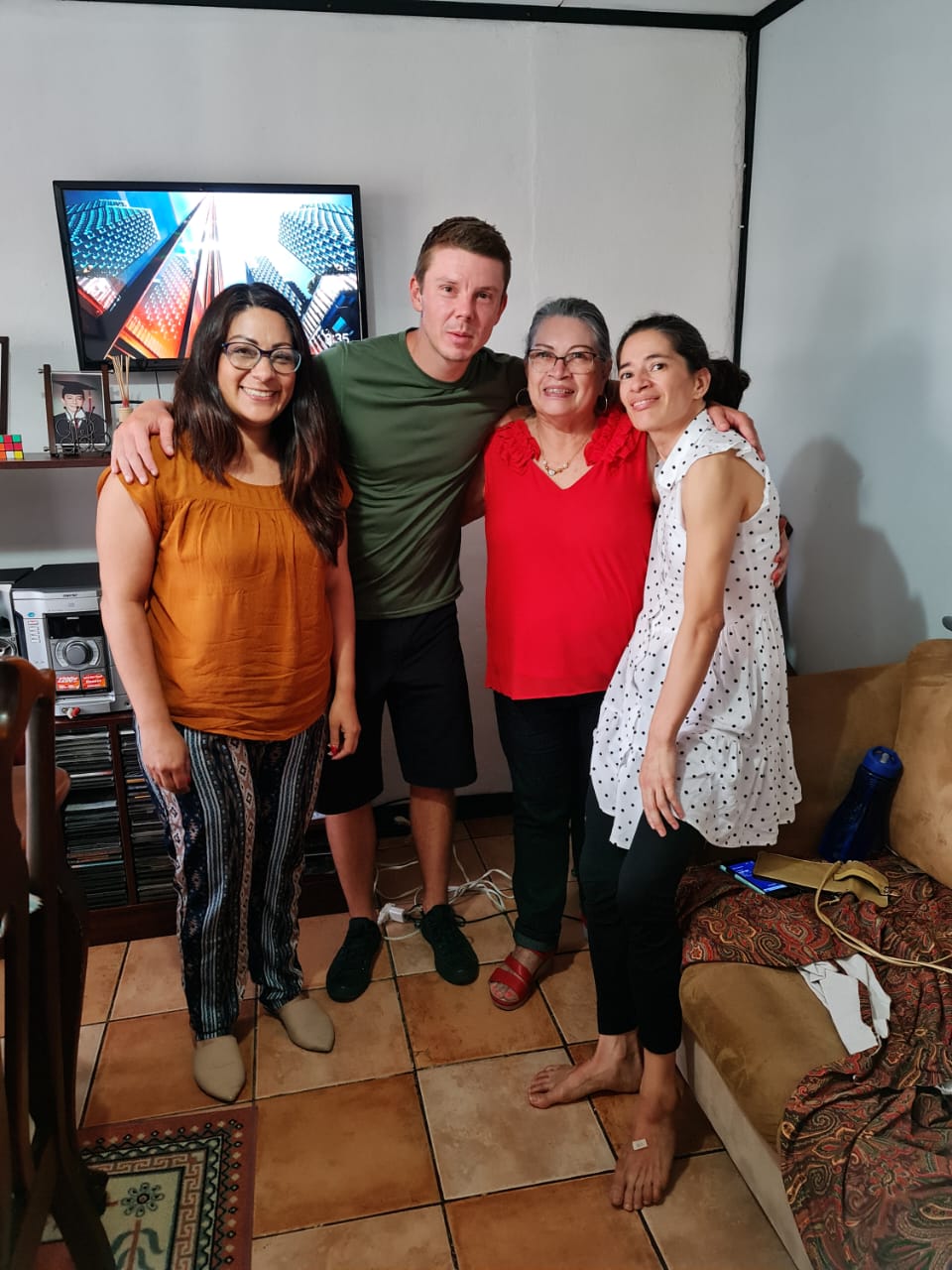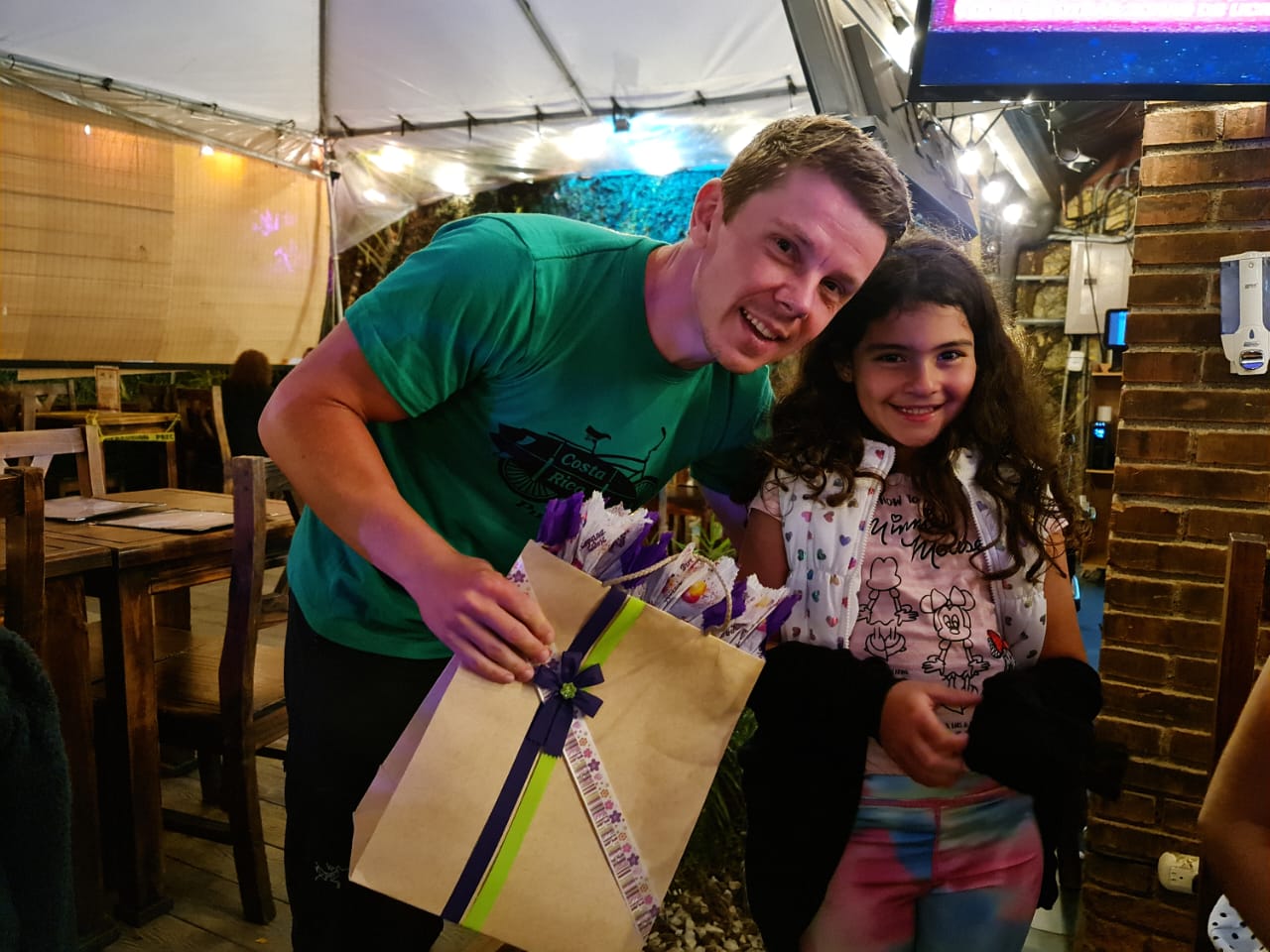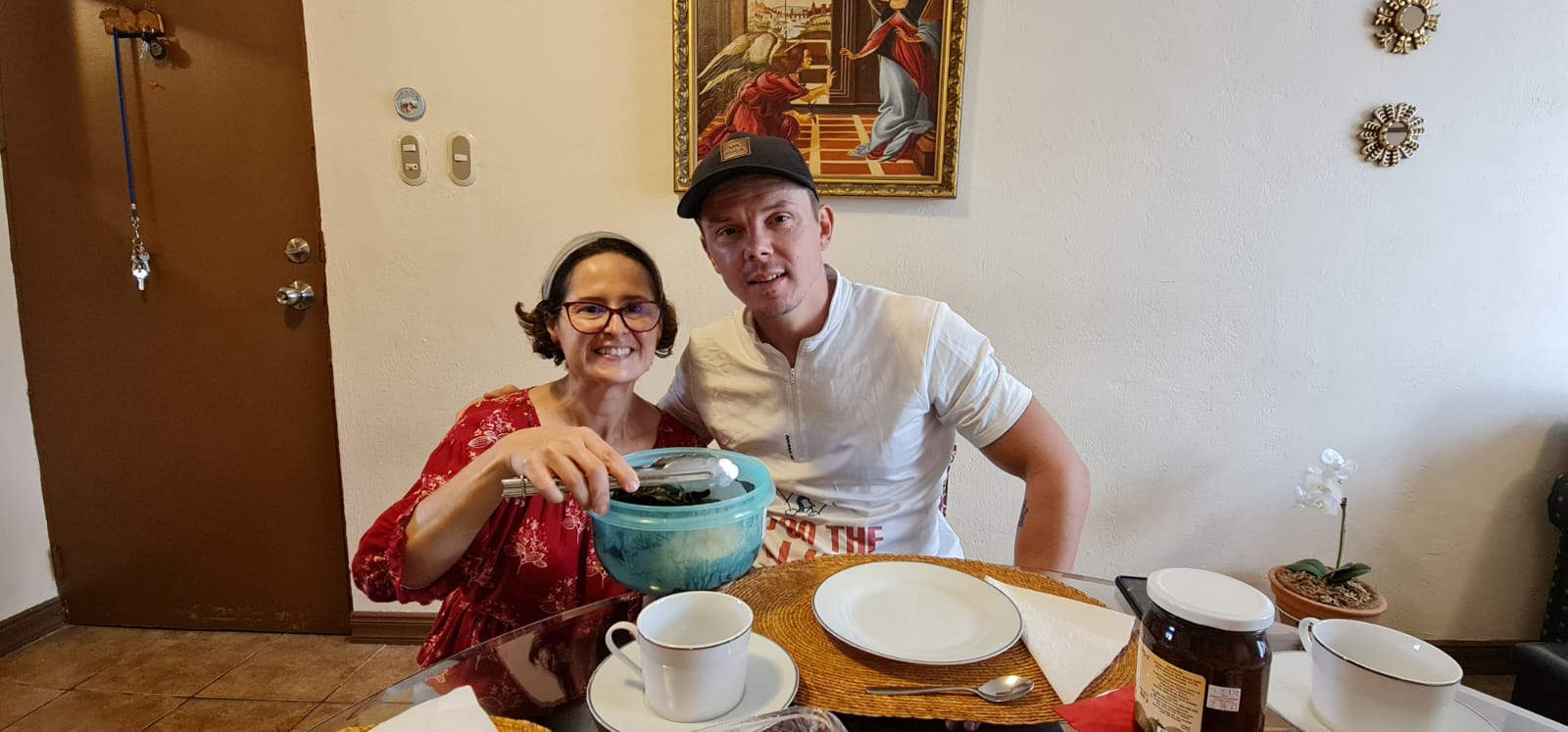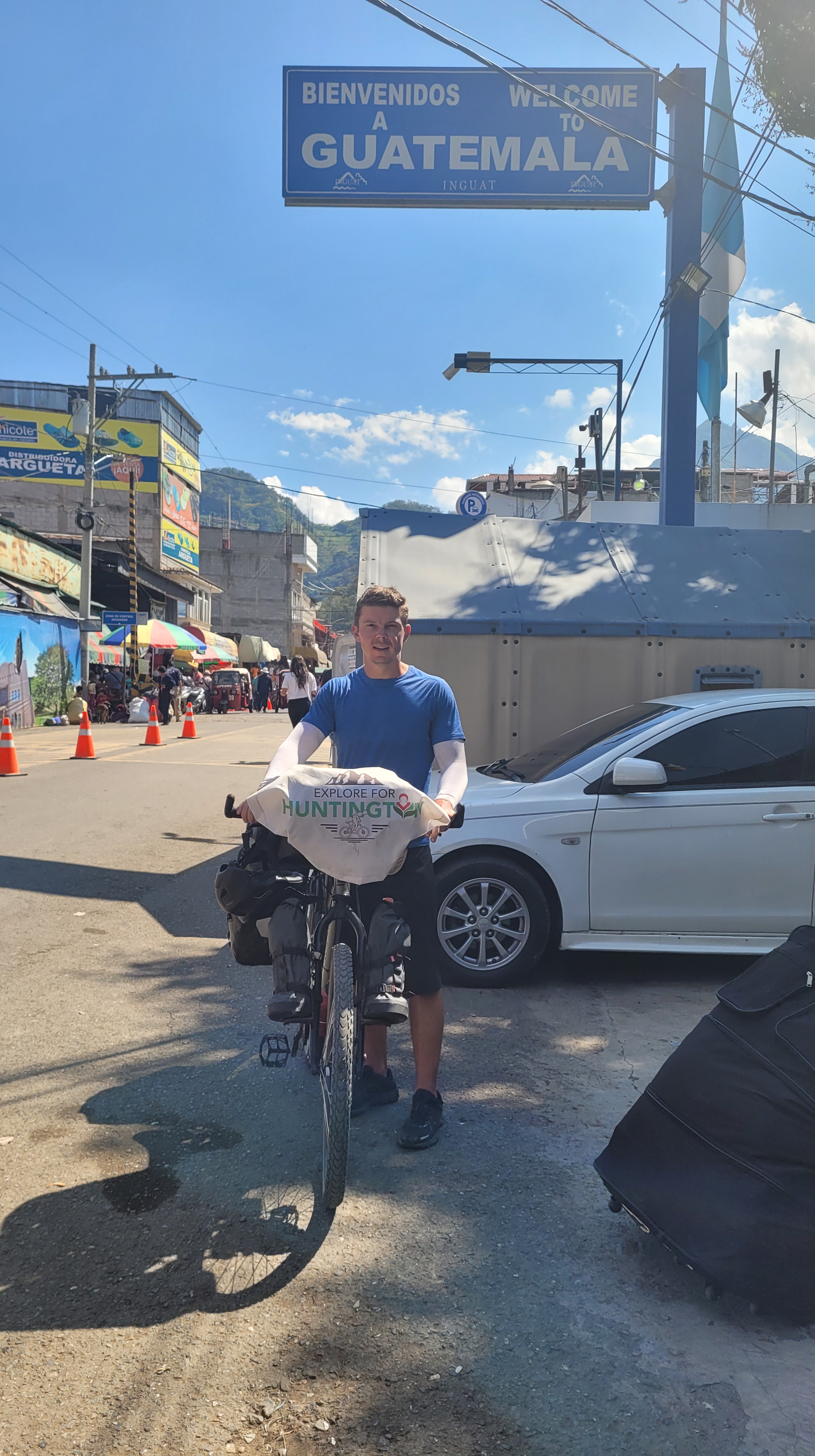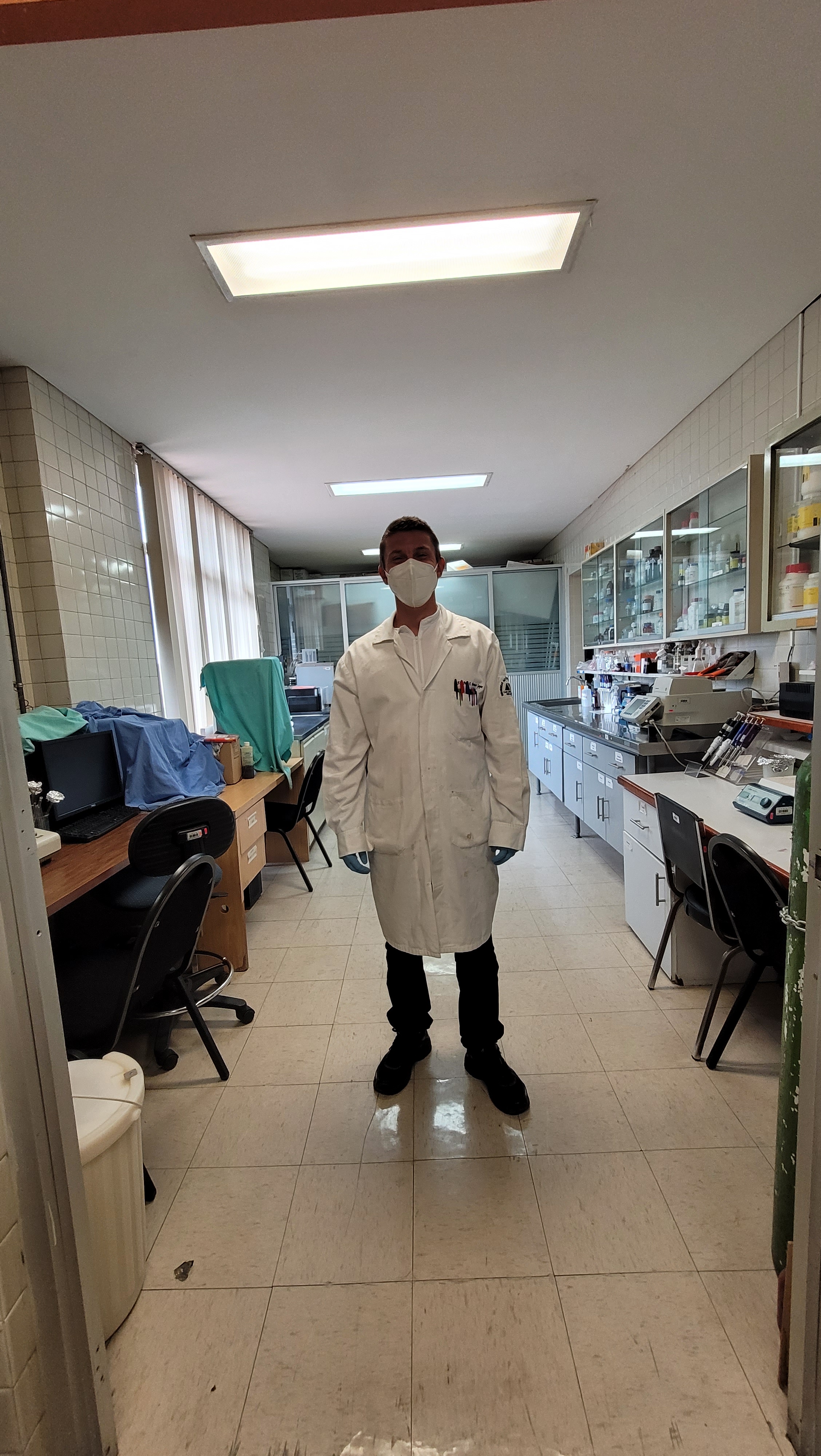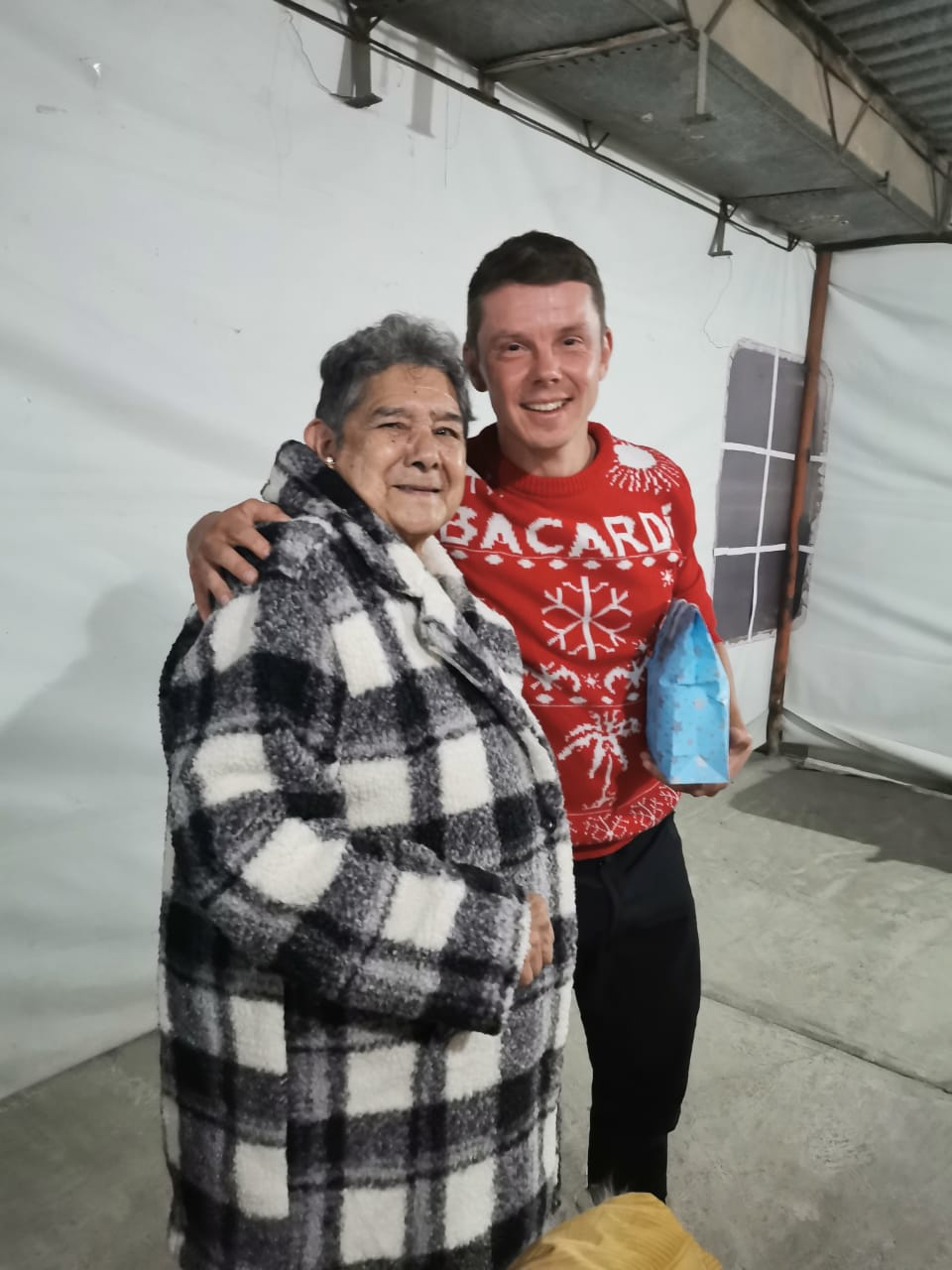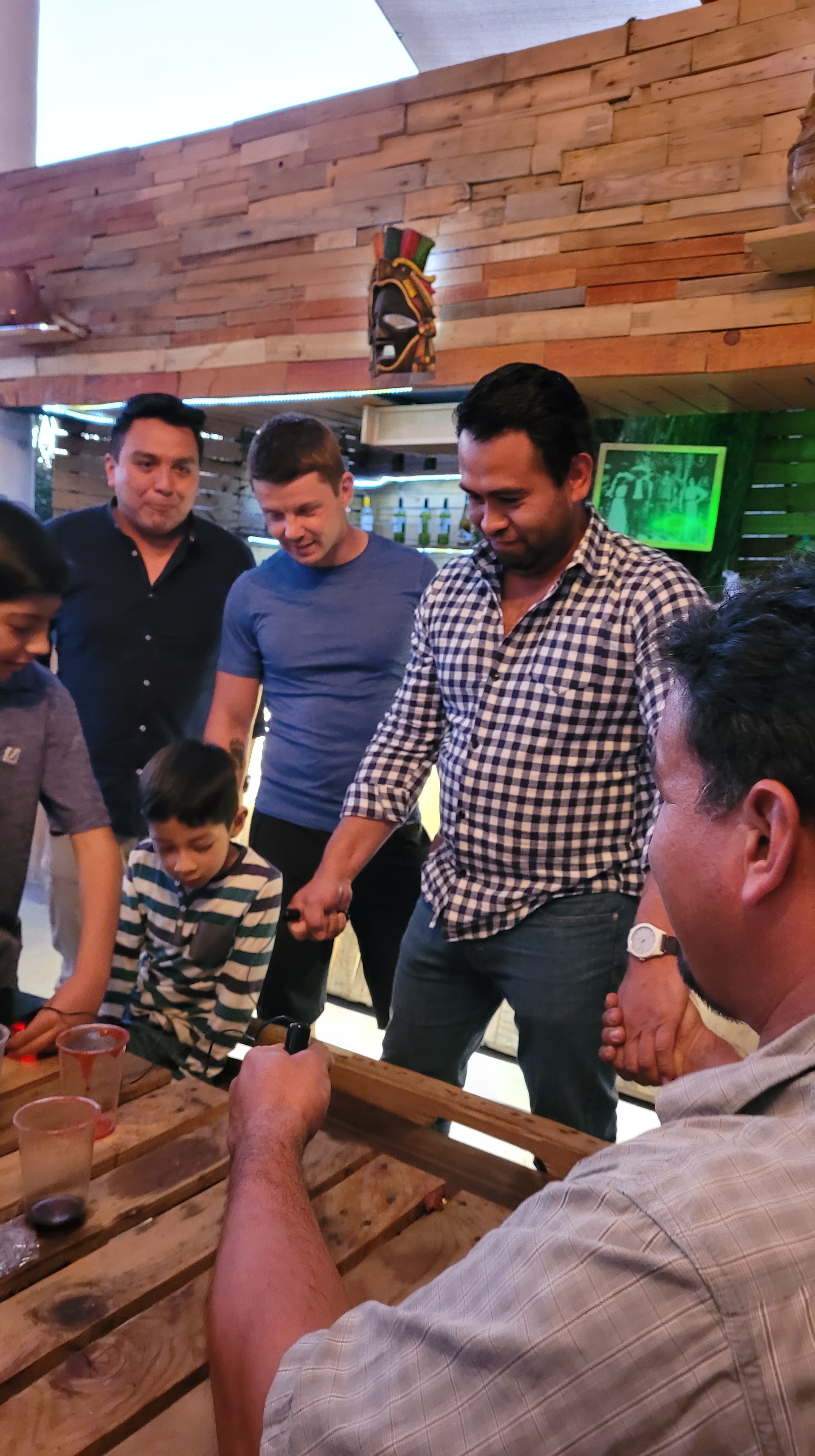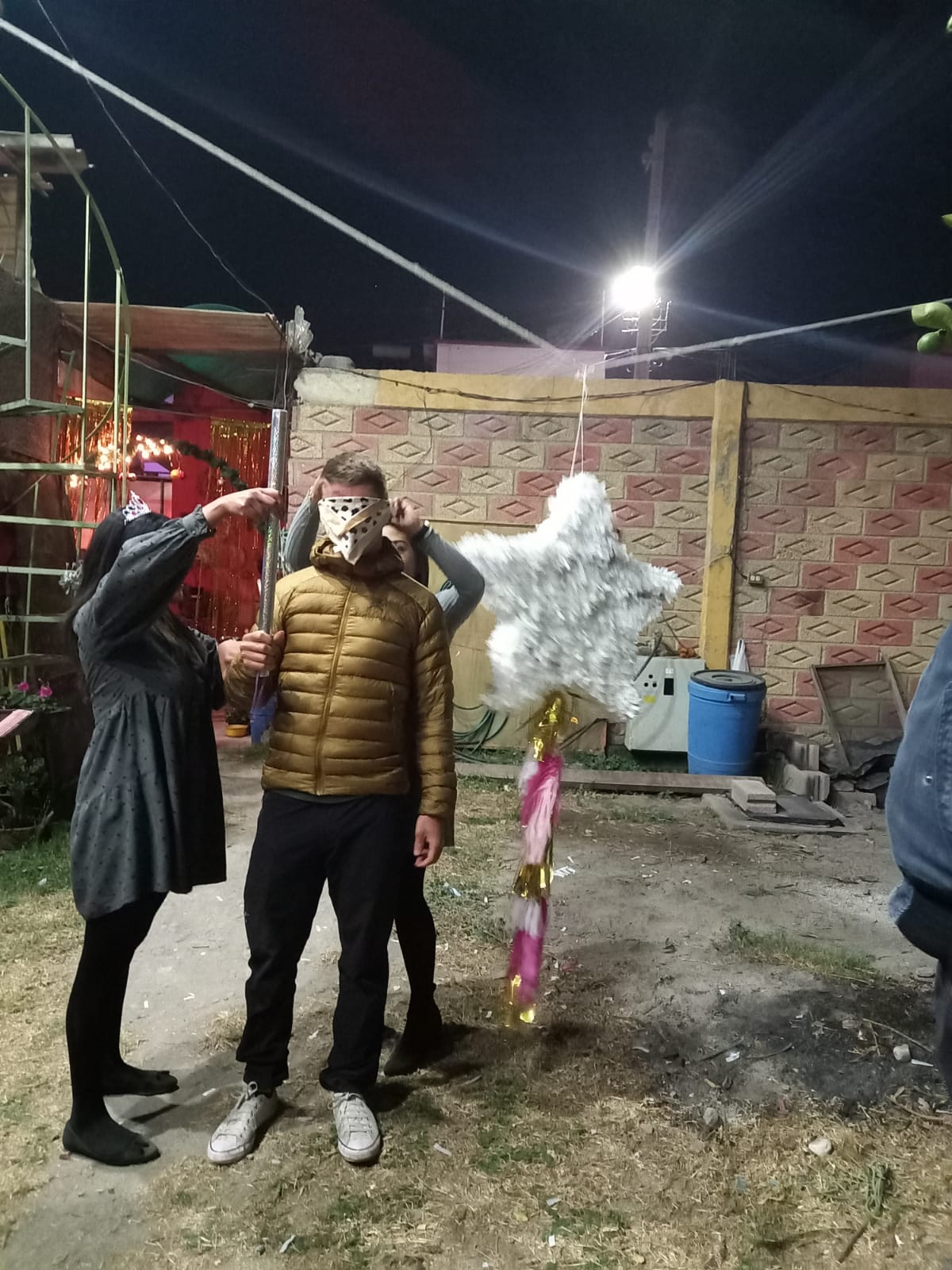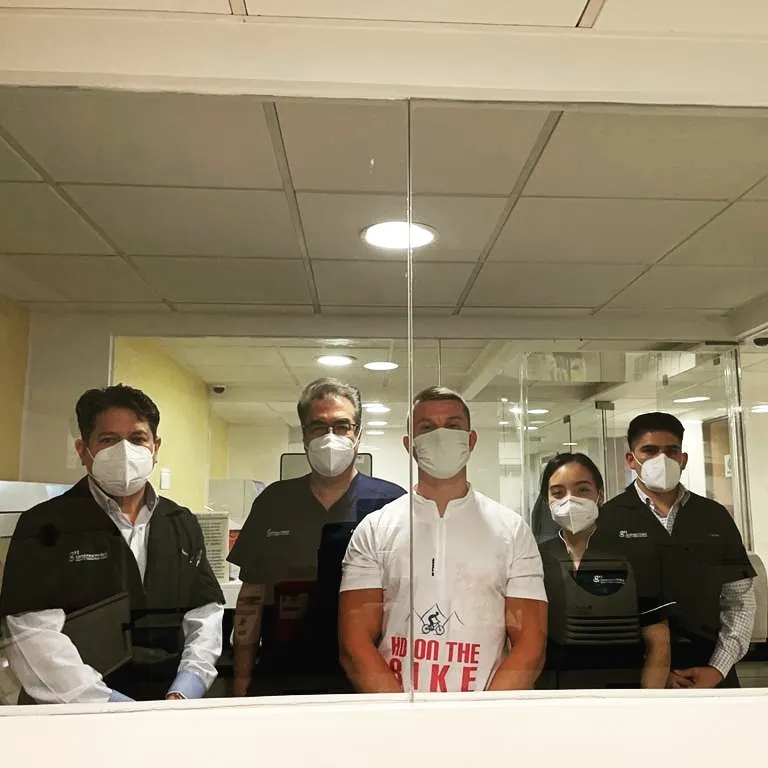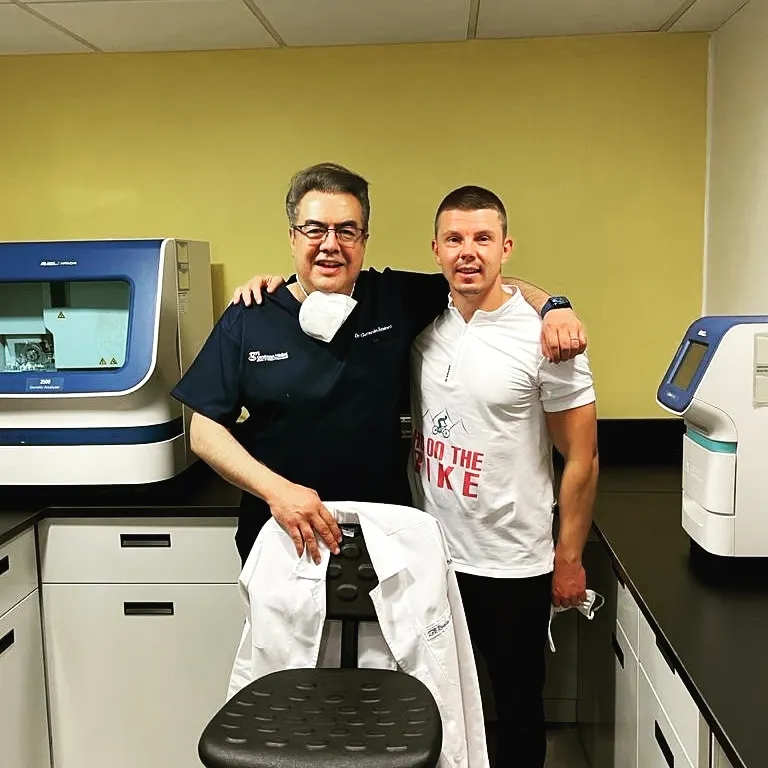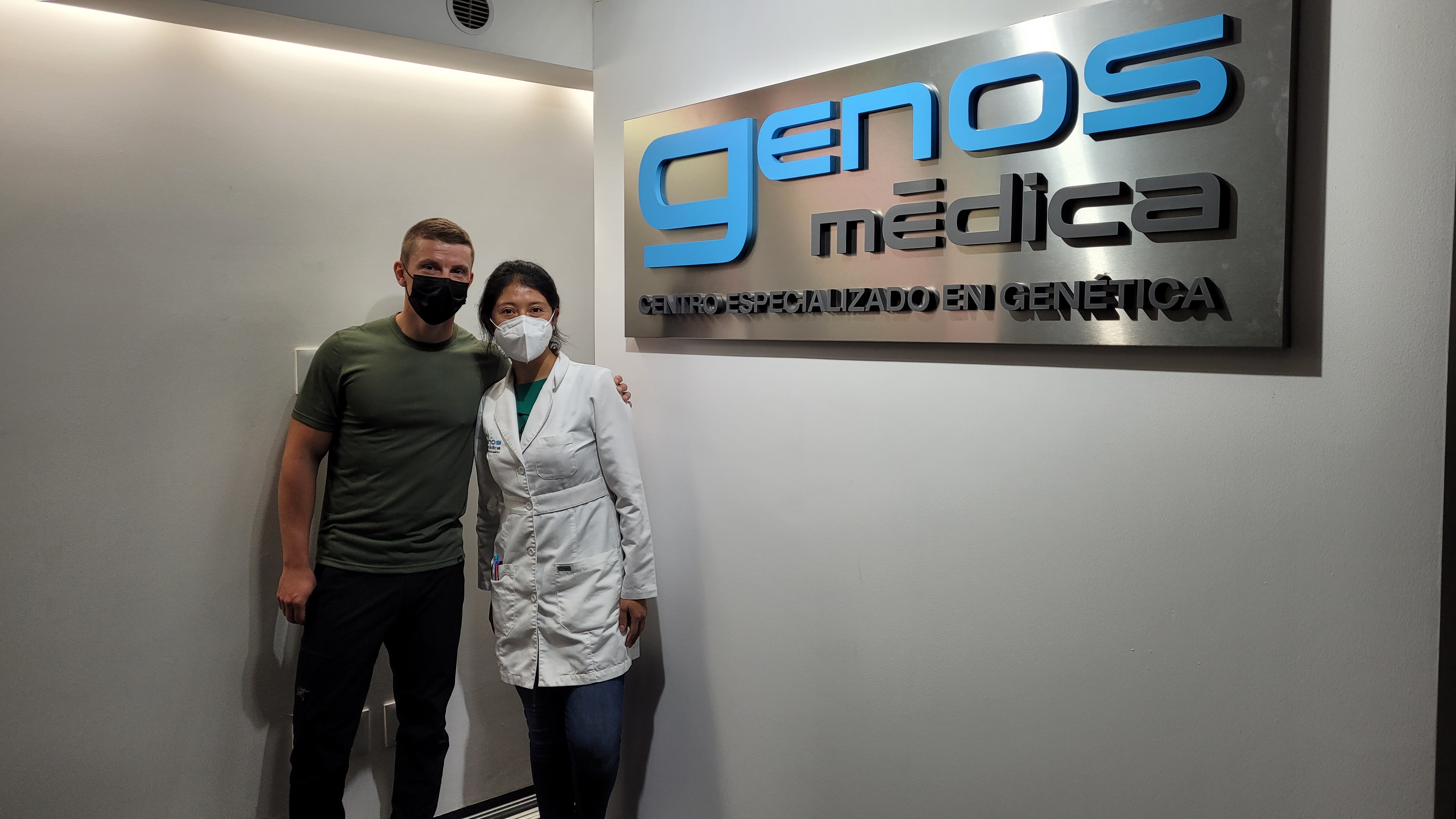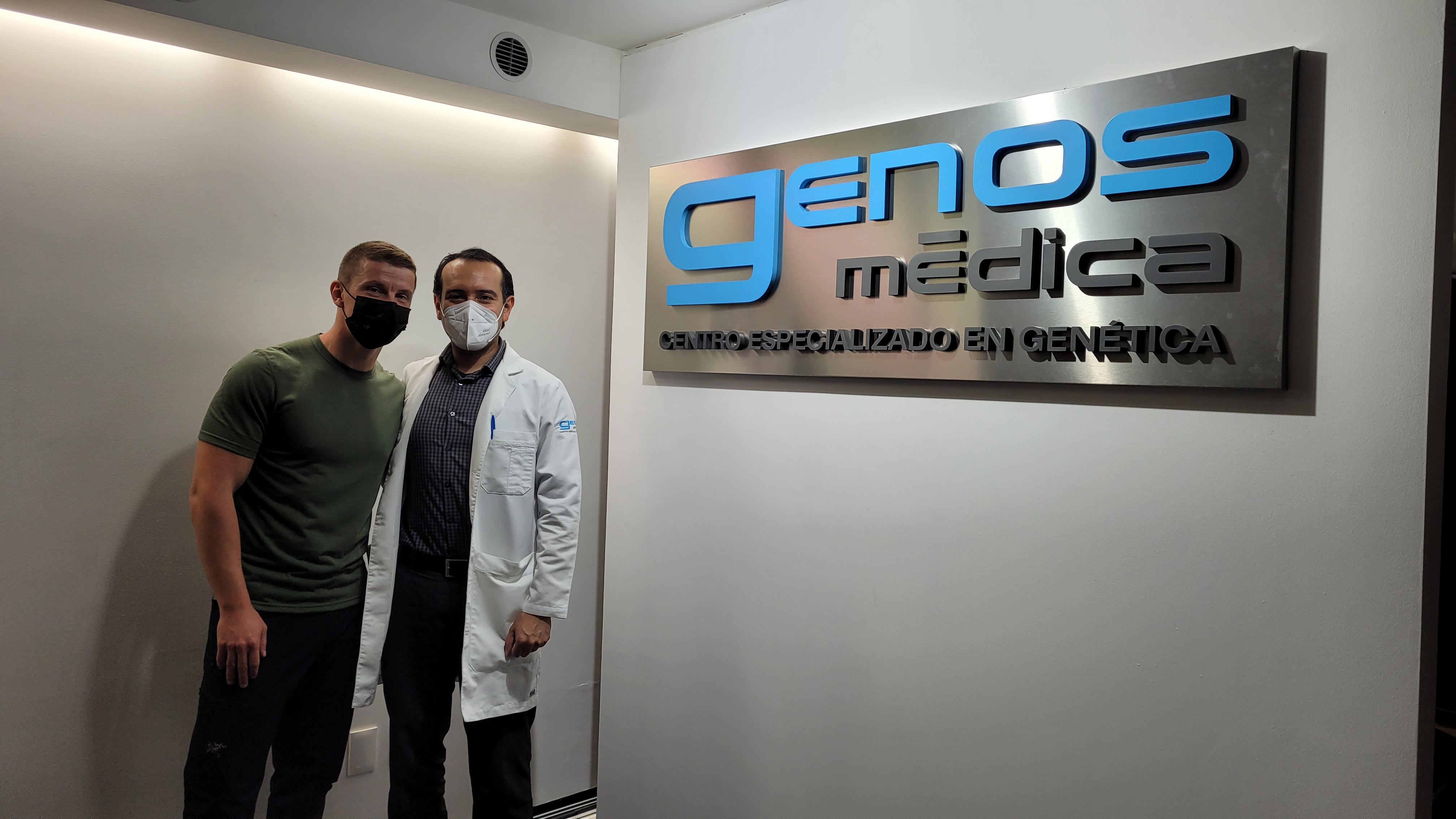Deicy Echeverría Ripoll – Saco, Colombie
Deicy est à risque de la maladie de Huntington. Son père est décédé de la maladie et elle a donc 50 % de chances d’hériter du gène défectueux.
Elle vit avec sa fille et sa famille dans le village de Saco. Ses deux sœurs courent également un risque de contracter la maladie.
Ici, nous travaillons en famille, la mère et les 3 filles cousent chaque jour des vêtements qu’elles vendent à Barranquilla. (Un short est vendu 2 000 pesos, 0,54 sud) Ce n’est certainement pas suffisant pour vivre et éduquer sa fille et elles vivent avec le minimum.
Deicy est également bénévole pour l’association Factor-H et elle consacre son temps libre à aider les patients Huntington qui vivent dans son village.
C’est une femme très courageuse et un exemple pour sa fille.





Nelson – Saco, Colombie
Nelson souffre de la maladie de Huntington depuis quelques années. Il habite dans le village de Saco également.
Malheureusement, Nelson est déjà dans un stade avancé, il est incapable de communiquer, rencontre des difficultés pour manger et a de nombreux mouvements involontaires.
Ce qui rend les choses encore plus difficiles, c’est qu’il vit dans des conditions très précaires. La maladie de Huntington est déjà très difficile à vivre pour les patients et aidant, alors ajouté à la pauvreté et ça devient un véritable enfer.
Ici, il n’y a pas de médecins pour l’aider et il n’a aucun traitement. Heureusement, sa nièce, Julieta (son père est également atteint de la maladie), s’occupe de lui.
Nelson Echeverría est décédé quelques mois après notre rencontre.
En plus de la maladie de Huntington, d’autres problèmes de santé se sont ajoutés, notamment la tuberculose.
Les conditions de vie dans lesquelles vivait Nelson était très difficile. Il n’avait même pas un lit pour finir ses jours et était assis sur une chaise en bois.
Cette vie, c’est le quotidien de nombreuses familles touchées par la maladie de Huntington en Colombie.






Nora and José – Piojo, Colombie
Nora et José sont frères et sœurs, ils vivent dans le village de Piojo et sont tous deux atteints de la maladie de Huntington.
Ils ont hérité du gène déficient de leur père. Nora a 35 ans et est malade depuis 4 ans. Elle est au début de la maladie et encore indépendante.
Ce qui retient mon attention chez Nora, c’est sa sympathie, malgré la maladie, elle a toujours le sourire et est très gentille.
Son frère, José, est à un stade beaucoup plus avancé de la maladie, il a 40 ans et présente des symptômes depuis 8 ans. Il est déjà en fauteuil roulant et est incapable de communiquer et de marcher. José est grand et fort, ce qui rend la tâche encore plus difficile lorsqu’il tombe pour le soulever.
José et Nora vivent avec leur maman, qui s’occupe de ses enfants.



Maria Orladis – Juan de Acosta, Colombie
Maria a 53 ans et souffre de la maladie de Huntington depuis 7 ans. Elle est déjà à un stade très avancé de la maladie qui évolue très différemment d’une personne à l’autre.
Chez elle, les mouvements choréiques sont très prononcés, elle a perdu beaucoup de poids et perdu toute son indépendance.
Maria a une vie difficile et a perdu un enfant dans un accident de voiture.
Elle a deux autres enfants, l’un d’eux travaille à Barranquilla et sa fille vit avec elle, elle a un enfant et est actuellement enceinte.
Quelques mois après notre rencontre, Maria est décédée. Elle était déjà très faible lors de ma visite.


Freddy – Valledupar, Colombie

Freddy a 48 ans et vit avec la maladie de Huntington depuis 15 ans. Il travaillait comme agent de sécurité.
Il est déjà dans un état avancé de maladie et passe ses journées dans son lit.
Freddy a beaucoup de mouvements involontaires et de troubles de l’alimentation. Il ne peut plus parler, présente de graves symptômes cognitifs et psychiatriques.
Edgardo – Valledupar, Colombie
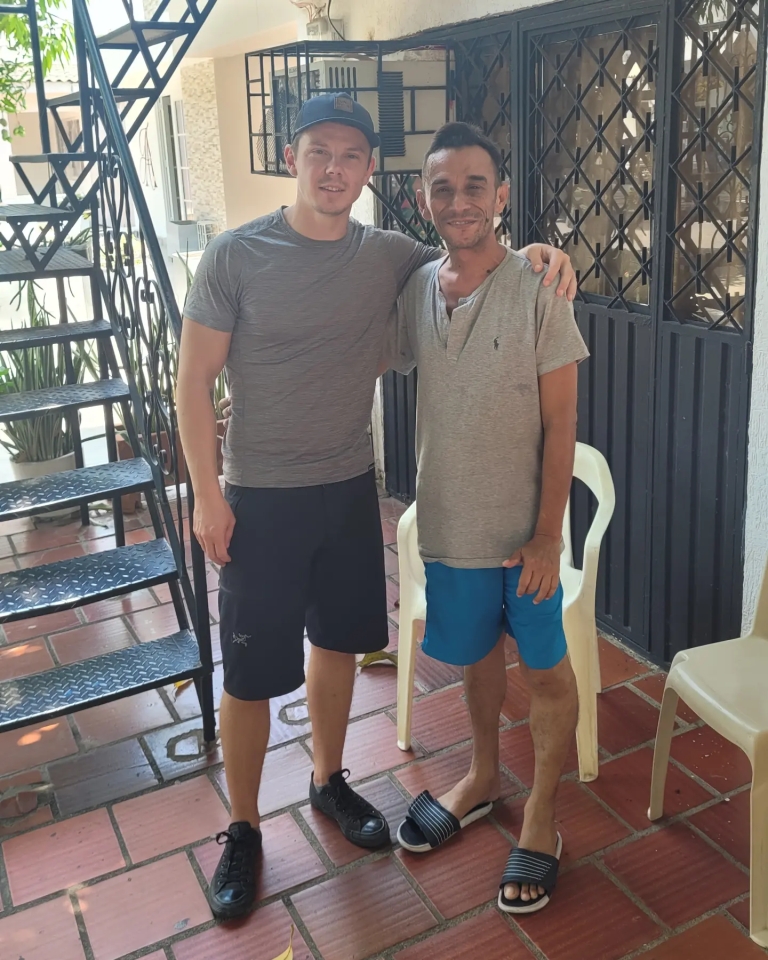
Edgardo a 51 ans et souffre de la maladie de Huntington depuis 5 ans.
Il est également porteur du VIH. Une situation très difficile que je n’avais jamais rencontrée auparavant.
Edgardo a travaillé comme designer. Il est encore capable de communiquer et a très peu de mouvements volontaires.
J’ai conscience que je ne peux pas aider ces personnes, mais les faire sourire ne serait-ce qu’un instant et leur montrer que nous pensons à eux, qu’ils ne sont pas seuls, je pense que c’est très important. Je vois dans leurs yeux à quel point ils sont heureux que l’on s’intéresse à eux.
Dilia – El Díficil, Colombie
Dilia Oviedo Oviedo a 85 ans. Elle a eu douze enfants. L’un d’eux est décédé à la naissance. Sur les onze enfants qui ont survécu jusqu’à l’âge adulte, six sont déjà décédés de la maladie de Huntington. Deux autres souffrent actuellement d’une autre maladie tardive. Son mari est décédé au début des années 90 et la génération future commence à présenter des symptômes. Un de ses petits-enfants est déjà décédé de la maladie de Huntington. Elle en a vingt-sept autres, la plupart à risque…
Dilia est une femme remarquable. Elle vit dans une propriété familiale à la périphérie d’une petite ville appelée « El Dificil », dans le nord de la Colombie (état de Magdalena). Au fur et à mesure que chaque enfant tombait malade, ils ont tous emménagé avec elle.
La plupart de ses filles ont été abandonnées par leurs maris et elles ont également déménagé pour être à la garde de Dilia. Bien qu’elle ait beaucoup d’expérience dans la prise en charge des patients Huntington, cela devient très difficile pour elle à gérer. Sa famille est pauvre et reçoit peu de soutien du gouvernement.
Elle représente l’aidant, la femme qui consacre sa vie à prendre soin de sa famille. En 2017, Dilia et sa fille Maribel, qui assiste ses frères et sœurs mourants, se sont rendues avec Factor-H au Vatican pour rencontrer le pape François.
La maladie se propage dans les familles des zones rurales où le manque de soutien et l’ignorance de la maladie perpétuent. Les femmes doivent particulièrement être informées de leurs options et de leurs droits afin de pouvoir faire des choix éclairés en matière de procréation.
Leur histoire a été présentée dans le film documentaire Dancing at the Vatican. (https://www.youtube.com/watch?v=wTTq9Z2QG84)
Dilia Oviedo est décédé courant 2023, un an après notre rencontre.





Johanna – El Díficil, Colombie
Johanna vit également dans des conditions d’extrême pauvreté et est atteinte de la maladie de Huntington.
C’est une mère de 33 ans qui vit seule avec ses enfants et souffre de la maladie depuis 4 ans.
Dans sa maison, il n’y a pas de sol, pas de douche ni de toilettes, il y a juste une chambre avec un lit et une cuisinière.
Son état se dégrade de jour en jour et elle perd complètement son indépendance.





Gwladys, Gámez de Ávila – Santa Marta, Colombie
Gwladys a 75 ans et vit avec la maladie de Huntington depuis 17 ans.
Elle a hérité du gène de son père et est déjà à un stade avancé. Elle est allongée dans un lit et a des mouvements involontaires très intense.
Gwladys a 6 enfants et ils sont pour l’instant toujours asymptomatiques.
Ils vivent isolés et dans des conditions très précaires avec aucune information sur la maladie.



Jesús Carmona – El Algarrobo, Colombie
Jesús est un petit garçon de 10 ans et est atteint de la maladie de Huntington dans sa forme juvénile.
Il souffre déjà de troubles de la parole, d’un manque de coordination, de difficultés à marcher et d’une rigidité musculaire.
Malheureusement, il est déscolarisé, ses symptômes sont trop intenses et il souffre de discrimination avec les enfants de son âge.
Jésus a hérité du gène de son père, Miguel Carmona, âgé de 38 ans et vivant avec Huntington depuis 7 ans.
Sa mère, Elizabeth Cabarca, a 36 ans et a eu 9 enfants de pères différents.
Ce sont 4 enfants du même père, Miguel, qui est atteint de Huntington. José Miguel, James, Jesús et leur sœur, Maria Carmona.
Maria est déjà décédée à l’âge de 13 ans des suites de la maladie.
Les deux autres frères et sœurs, José Miguel et James, sont toujours asymptomatiques.






Enrique De Avilla Sierra – El Algarrobo, Colombie
Enrique a 46 ans et est atteint de la maladie de Huntington depuis 8 ans.
Sa mère est décédée il y a 4 ans des suites de la maladie, elle avait 54 ans.
Enrique a 10 frères et sœurs et jusqu’à présent, une seule sœur a contracté la maladie.
Il a perdu sa fille qui est malheureusement décédée des suites d’un accident dans une rivière, elle s’est noyée et n’avait que 18 ans.
Enrique vit seul avec la maladie, seule sa sœur est en mesure de l’aider.



Maria Alejandra Carmona – El Algarrobo, Colombie
Maria est une jeune femme de 21 ans et vit avec la maladie de Huntington depuis déjà 5 ans.
Elle est mère de 3 jeunes enfants et vit seule et s’occupe de ses derniers.
Maria a hérité du gène de la maladie de Huntington de sa mère, Jenny, décédée à l’âge de 32 ans.
Ce sont 6 enfants de la même mère, mais certains ont un père différent.
Sa sœur, Sharith, âgée de 17 ans, a également déjà déclaré la maladie.
Maria a eu son premier enfant à l’âge de 15 ans et a dû quitter l’école à cause de la maladie.




Alex García Herrera – El Algarrobo, Colombie
Alex est le frère de María Alejandra, mais ils ne sont pas du même père. Ils ont hérité de la maladie de Huntington de leur mère.
Il n’a que 18 ans et vit déjà avec Huntington depuis 4 ans.
Vivant dans une ferme, il a commencé l’école plus tard que les autres enfants et aujourd’hui, à cause de la maladie, il est déscolarisé.





